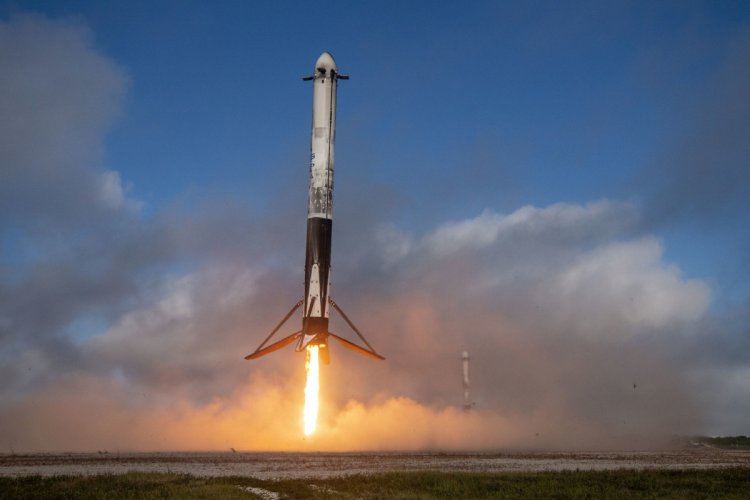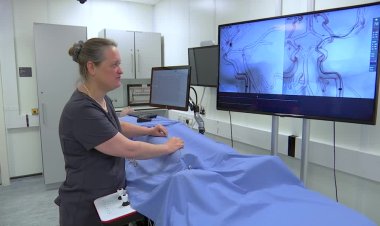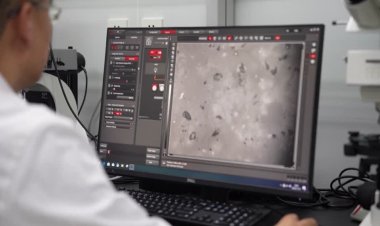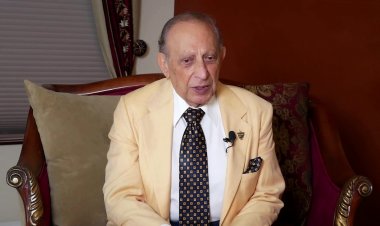SpaceX Falcon 9 Fails After Launch

This SpaceX Falcon 9 rocket lifted off from Vandenberg Space Force Base in California, carrying a payload of Starlink satellites.
But roughly an hour later, the rocket's second stage failed to reignite, and deployed its 20 satellites to a shallower orbital path.
They will soon reenter and burn up in Earth's atmosphere.
CEO Elon Musk wrote on X that the attempt to reignite the rocket "resulted in an engine RUD for reasons currently unknown."
RUD is an acronym for Rapid Unscheduled Disassembly that usually means explosion.
It's the first failure in more than seven years of a rocket relied upon by the global space industry.
And the Federal Aviation Administration said in a statement the Falcon 9 was grounded until SpaceX investigates the cause of the failure, fixes the rocket and receives the agency's approval.
That process could take several weeks or months, depending on the complexity of the failure and SpaceX's plan to fix it.
The botched mission of the world's most active rocket breaks a success streak of more than 300 straight missions during which SpaceX has maintained its dominance of the launch industry.
Many countries and space companies rely on privately owned SpaceX, valued at roughly $200 billion, to send their satellites and astronauts into space.
Falcon 9 is the only U.S. rocket capable of sending NASA crews to the International Space Station.
The U.S. space agency was expecting to launch its next astronaut mission in August.
NASA did not immediately respond to a request for comment.
The failed engine firing occurred on Falcon 9's 354th mission and marked the first Falcon 9 failure since 2016, when a rocket exploded on a launch pad in Florida and destroyed its customer payload, an Israeli communications satellite.















